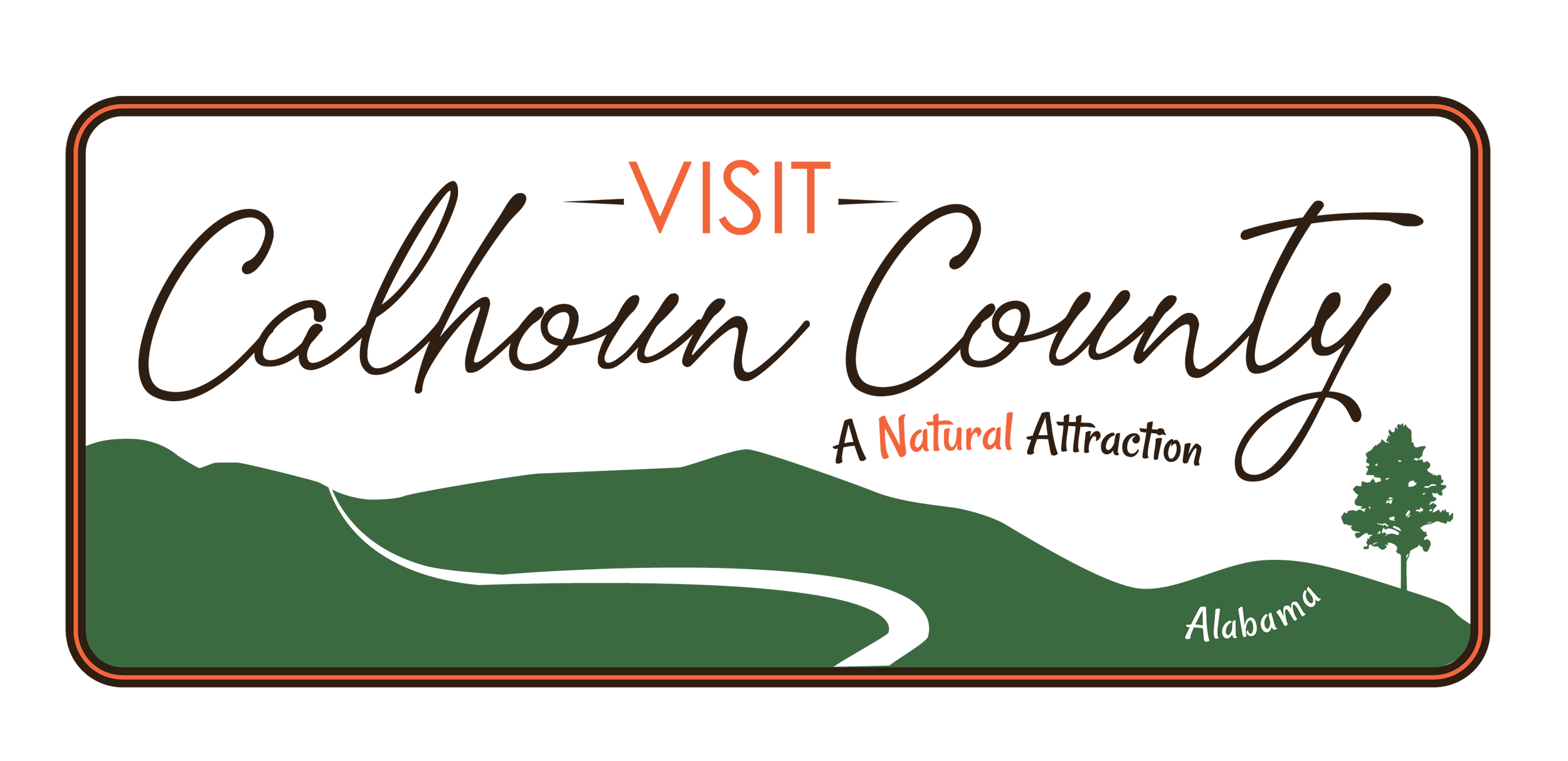Communities
Near Atlanta, Near Birmingham, Near Perfect
Discover Calhoun County, Alabama as not only a place to do business and attend college, but also as a region of natural attractions, progressive communities with strong economies, and small town Southern charm and hospitality. Such appeal makes Calhoun County, Alabama near perfect.
Weather
Discover Calhoun County, Alabama as not only a place to do business and attend college, but also as a region of natural attractions, progressive communities with strong economies, and small town Southern charm and hospitality. Such appeal makes Calhoun County, Alabama near perfect.
Logistics
Calhoun County has a total area of 612 square miles, of which, 608 square miles of it is land and 4 square miles of it is water.
The area’s major highways include Interstate 20, highway 78, 278, and 431. The adjacent counties are:
Cherokee County, Alabama – northeast
Cleburne County, Alabama – east
Talladega County, Alabama – south
St. Clair County, Alabama – west
Etowah County, Alabama – northwest
The county includes Anniston, Oxford, Jacksonville, Hobson City, Ohatchee, Piedmont, and Weaver.
Learn more about the cities and towns of Calhoun County.
Anniston
Unlike other major southern cities, Anniston was founded after the Civil War. Begun in 1872 by the Tyler and Noble families, Anniston was designed to be a key industrial element in the New South. The town that grew up around the Woodstock Iron Company and cotton mill became an example of community building. A private company town, Anniston opened to a broader public in 1883 and attracted new industries, commercial activities and people. Wealthy newcomers built large Victorian homes on Tyler Hill along Quintard Avenue, originally designed to be the residential street of the opulent.
Modern Anniston is a metropolitan area, but many historic structures remain that are reminiscent of the model city heritage. For more information, visit www.annistonal.gov.
Hobson City
Fewer than 1,000 people inhabit this small historic town, but its name is larger than life. Hobson City, located directly across from Oxford, was incorporated in 1899 by a small neighborhood of black citizens when the new mayor of Oxford gerrymandered the residents’ homes out of the larger city. The displaced citizens refused to leave the area and simply created a city of their own.
Piedmont
In 1888, this area was named Piedmont—meaning ‘Foot of the Mountains,’ which was pleasing to the people who enjoyed being nestled in the foothills of the Appalachian Mountain range surrounded with the scenic beauty of mountains and streams. The City of Piedmont has prime real estate as well as the infrastructure necessary for industrial and commercial growth. This area is home to the Chief Ladiga Trail and Terrapin Creek, perfect for any outdoor adventurer, with the Pinhoti Trail not very far away. For more information, visit www.piedmontcity.org.
Jacksonville
Jacksonville was built on acreage purchased form the Creek Chief Ladiga, shortly after he had received the land under the terms of the Treaty of Cusseta of 1832. The treaty provided for the removal of the Creek Indians but set aside land for chiefs, heads of families and Indian orphans. Jacksonville became the first county seat of Benton County in 1833 and remained the seat until 1899 when records were moved to Anniston. The area progressed until its tranquility was broken by the Civil War. The greatest majority of its male citizens, including four generals and the “Gallant Pelham” from nearby Alexandria, fought for confederacy. Although remembered for its patriotic and cultural activities, Jacksonville is best known as an educational center. The present Jacksonville State University has a cultural heritage that began with the establishment of a male Academy in 1836. In 1869 a group of citizens raised money to create Calhoun College which became operational in 1871. In 1883 it progressed to the Jacksonville State Normal School. The school has continued to grow both in size and in importance and become, in time, Jacksonville State University.
For more information, visit www.jacksonville-al.org.
Weaver
Weaver is a very good example of small town life at its best. The City of Weaver is a growing community, with The Chief Ladiga Trail running through the city alongside Elwell Park and on throughout the county, north, towards Jacksonville. There is an Easter Egg Hunt in the spring, a Christmas Parade in December, and the annual Weaver Station Heritage Day Celebration held in the fall. Come to Weaver and see for yourself that there is a jewel lying at the foothills of the Appalachian Mountains, and you too will fall in love with the little town that’s a big city at heart. For more information, visit www.weaver-alabama.org.
Oxford
About the time the Creek Indians were departing from this area in 1832-1833, Sylvanus Simmons and Dudley Snow homesteaded lands in the newly created Benton County. The settlement was called “Lickskillet”. The state legislature first incorporated the town with the name Oxford in 1852. By 1860 Oxford was linked to the outer world via the Alabama and Tennessee Rivers Railroad. Oxford became active as cotton and trading center on the eve of the Civil War. The presence of charcoal iron furnace attracted federal troops to the area in 1865 when they destroyed the furnace and much of the town. Despite the setbacks of the war, Oxford rebuilt, grew and prospered.
Oxford is known as one of Calhoun’s fastest growing residential and commercial cities. It stretches across the county line into neighboring Talladega County. This unique location allows Oxford to have excellent access to the resources in both counties. For more information, visit www.oxfordalabama.org.
Ohatchee
Ohatchee is located in the northwest corner of Calhoun County and is positioned on the Coosa River. The 2000 census showed that the town had a population of 1,215. It is located along Highway 77, a thoroughfare connecting Talladega, Lincoln, and I-20 to the south with Gadsden and I-59 to the north. Several historic sites are located in the vicinity of Ohatchee including the site of the former Fort Strother at which Gen. Andrew Jackson was headquartered during part of the Creek Indian Wars in the early 1800’s and Janney Furnace, which was a pig iron furnace built during the Civil War. Ohatchee’s business environment includes fishing and recreational businesses, industrial companies, forestry related businesses, and a small retail and service district. For more information, visit www.townofhobsoncity.com.


